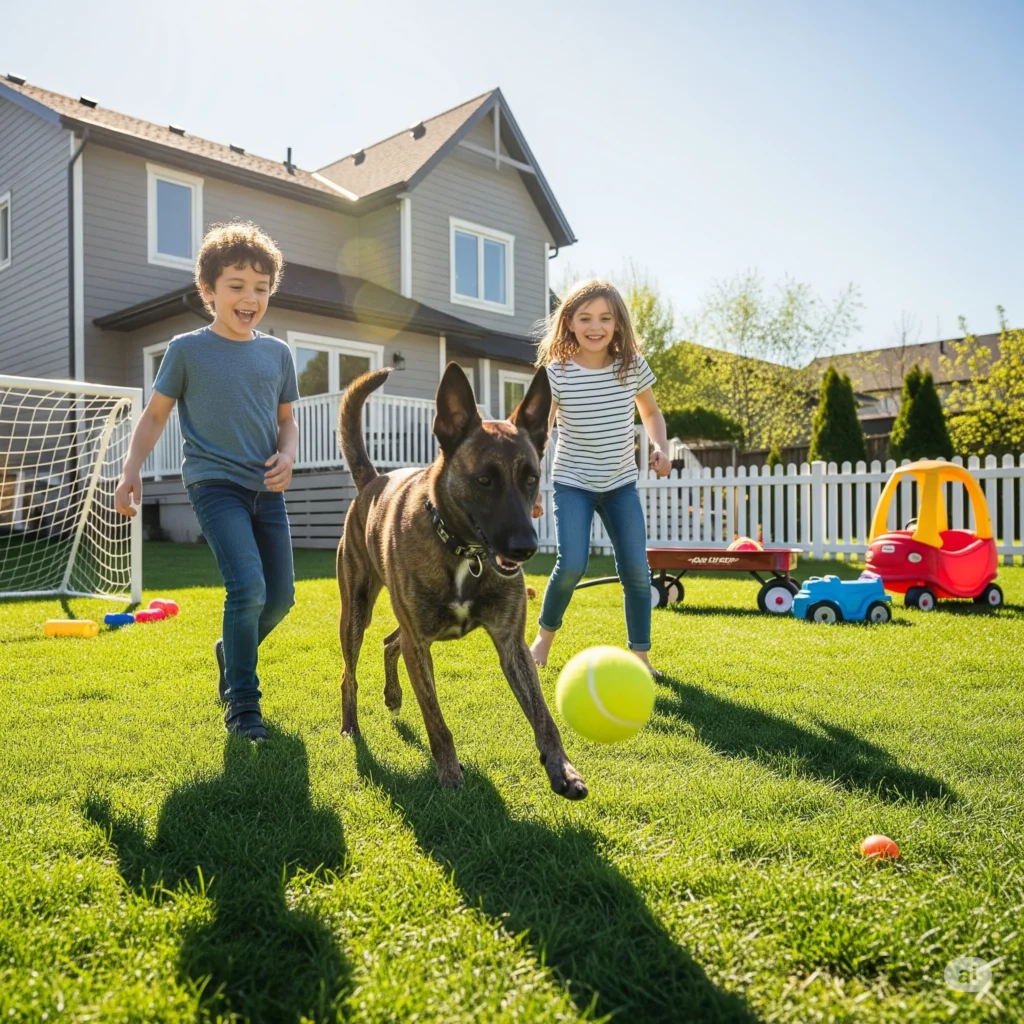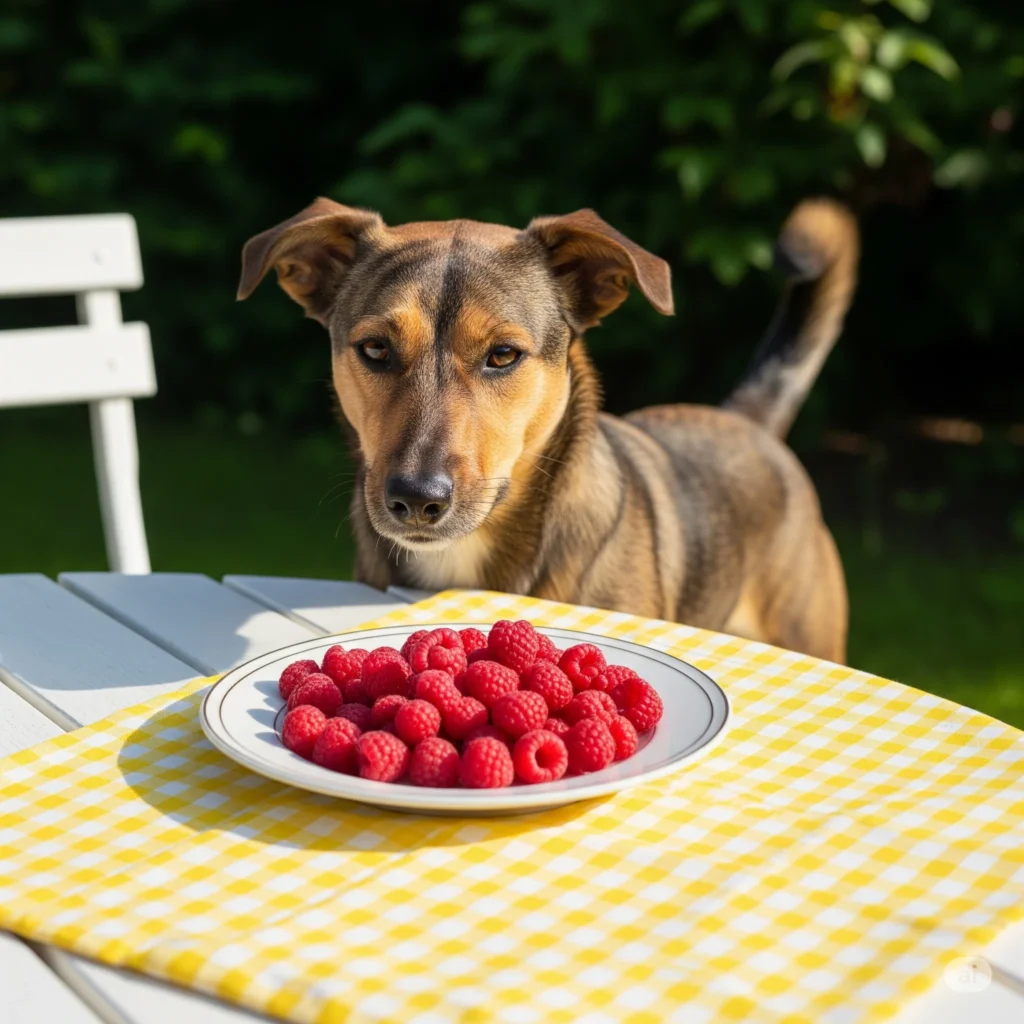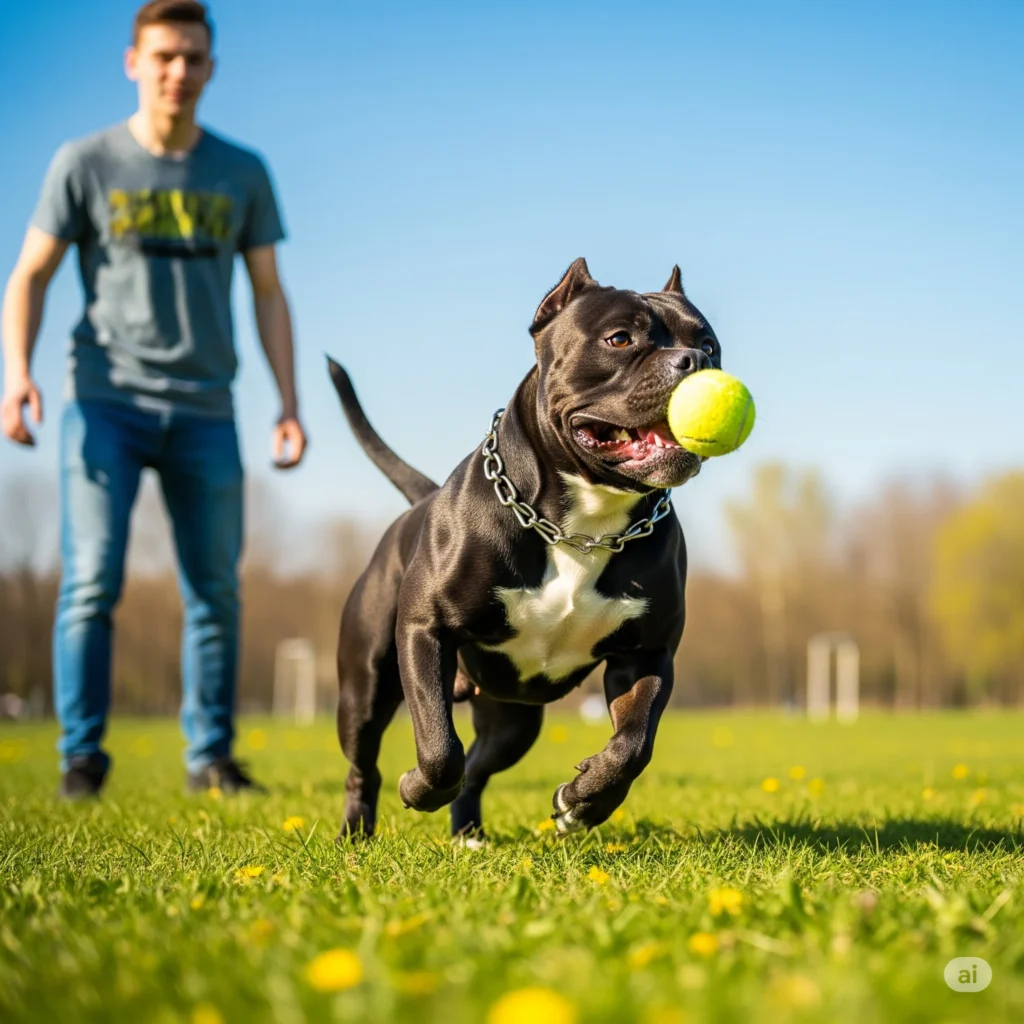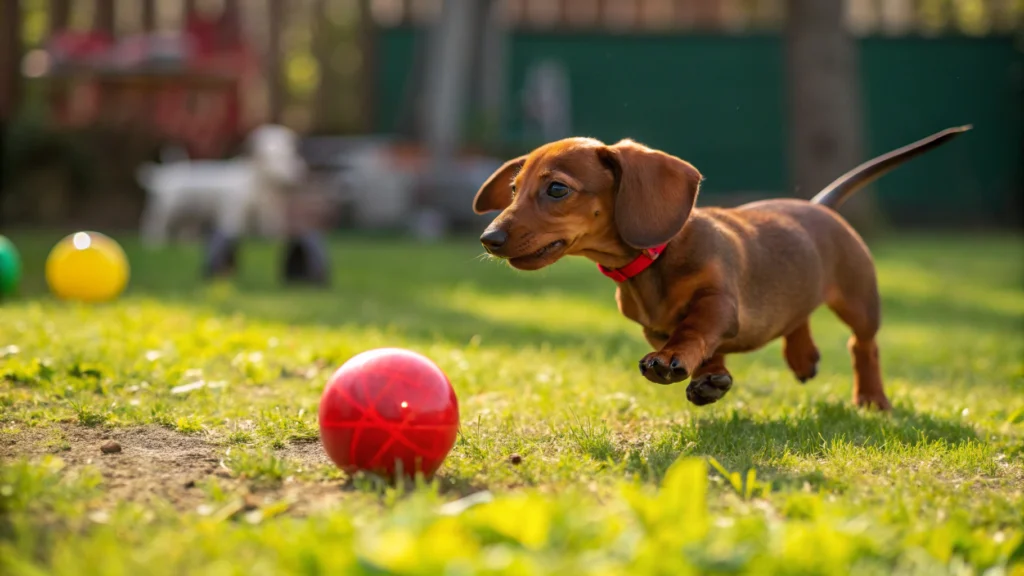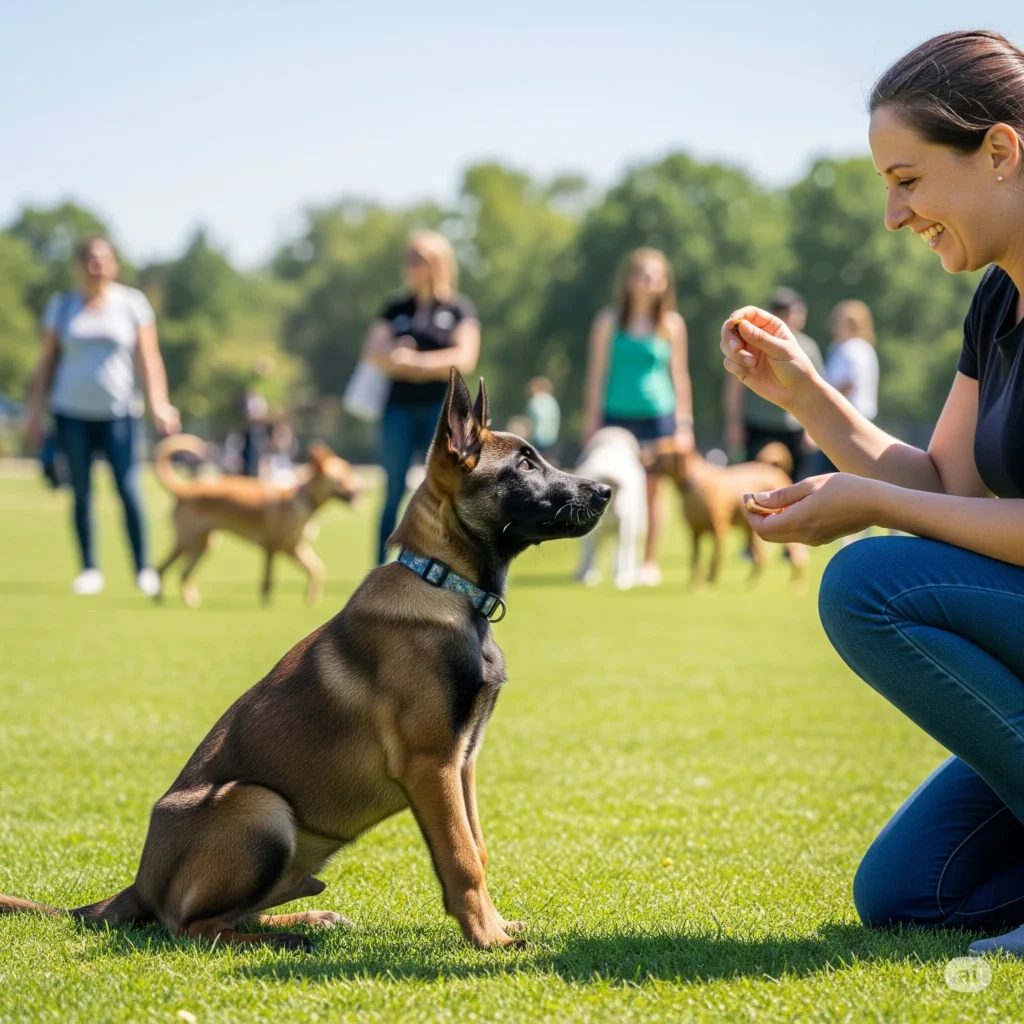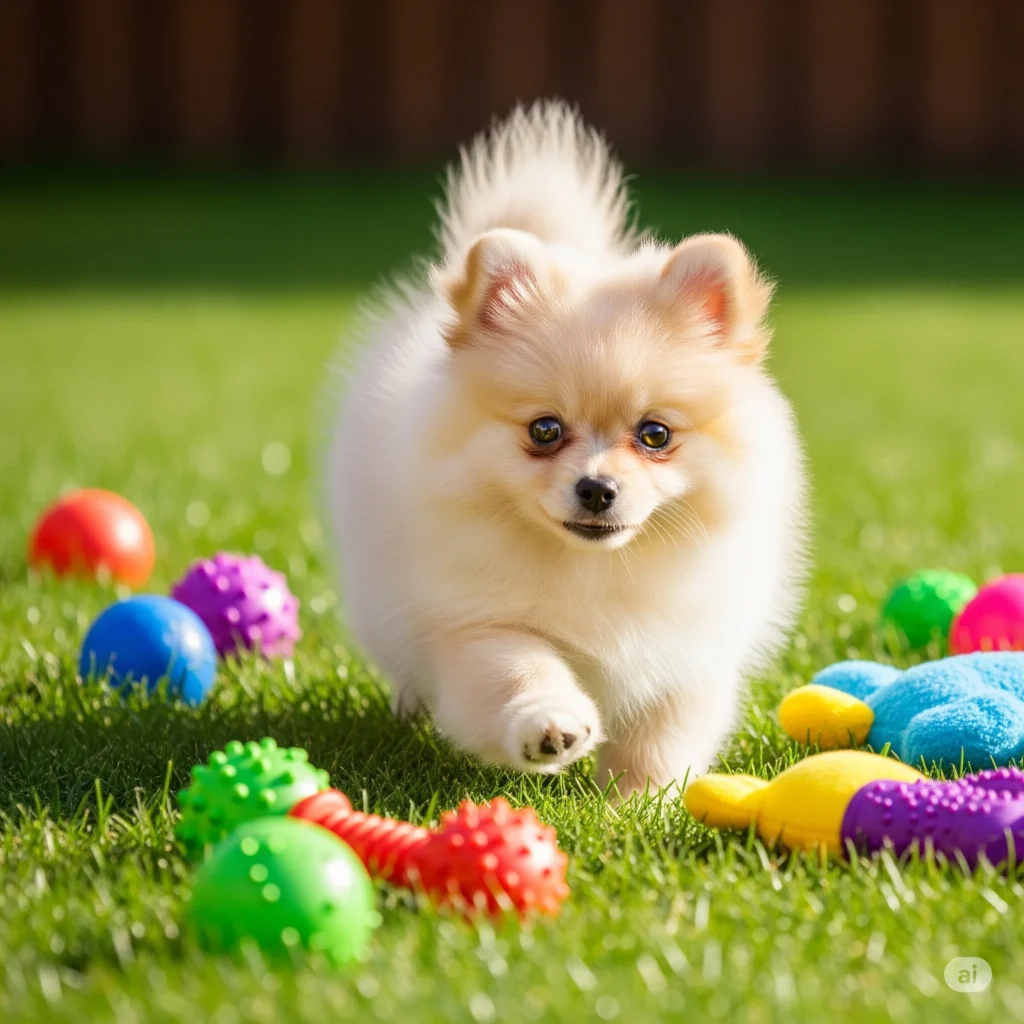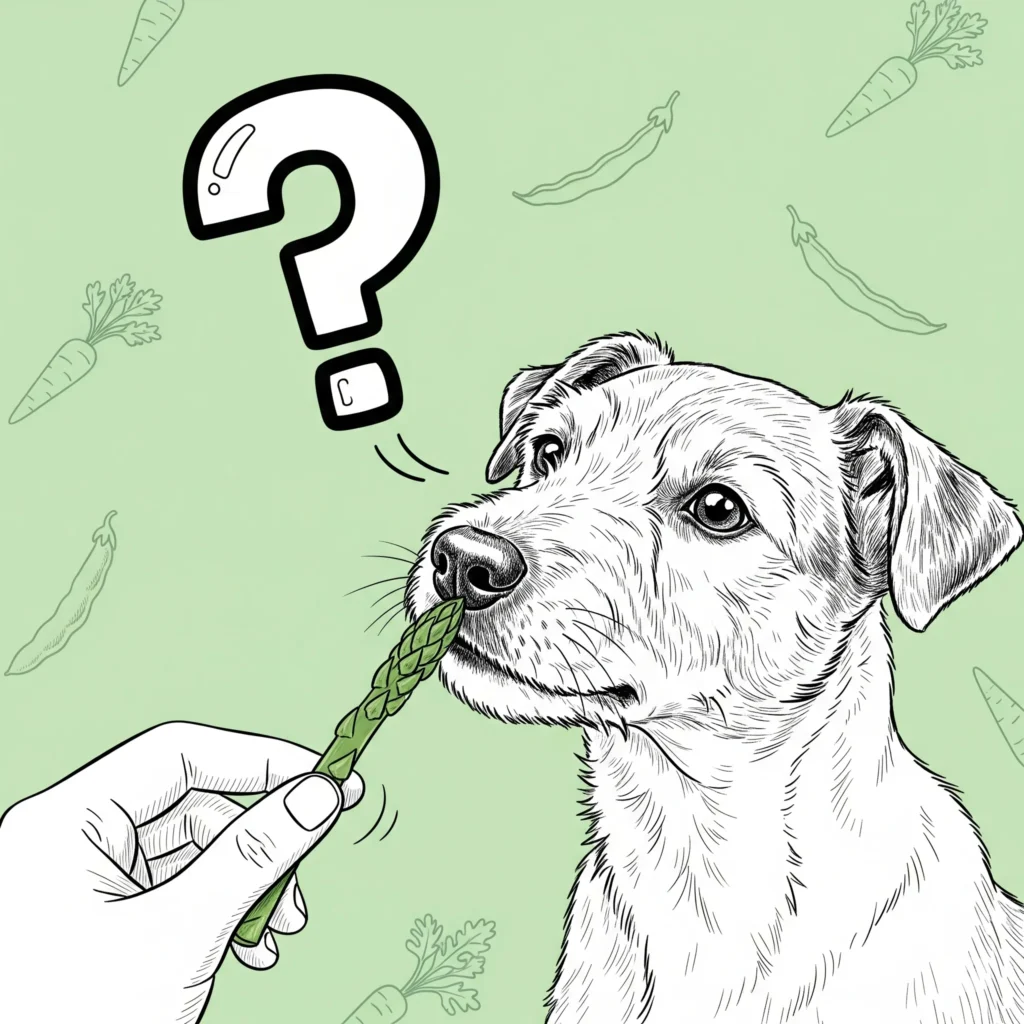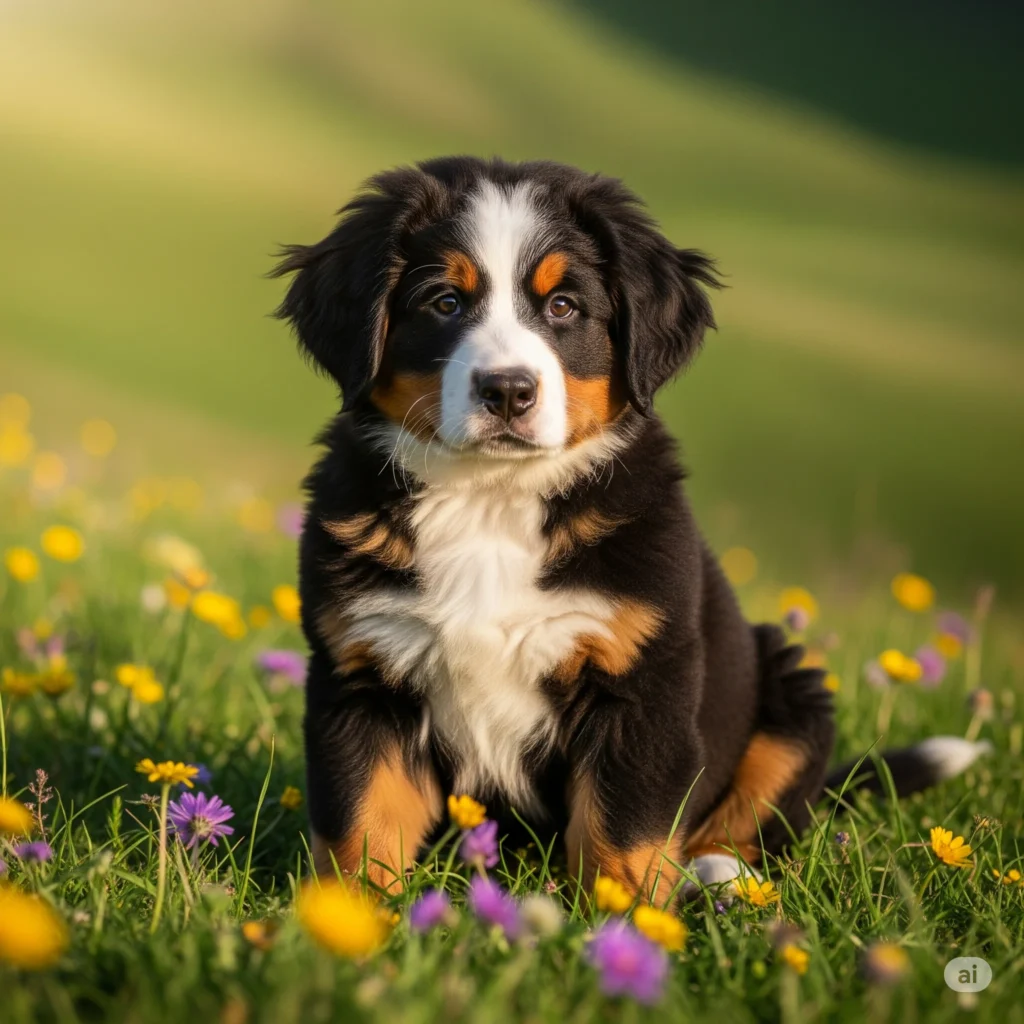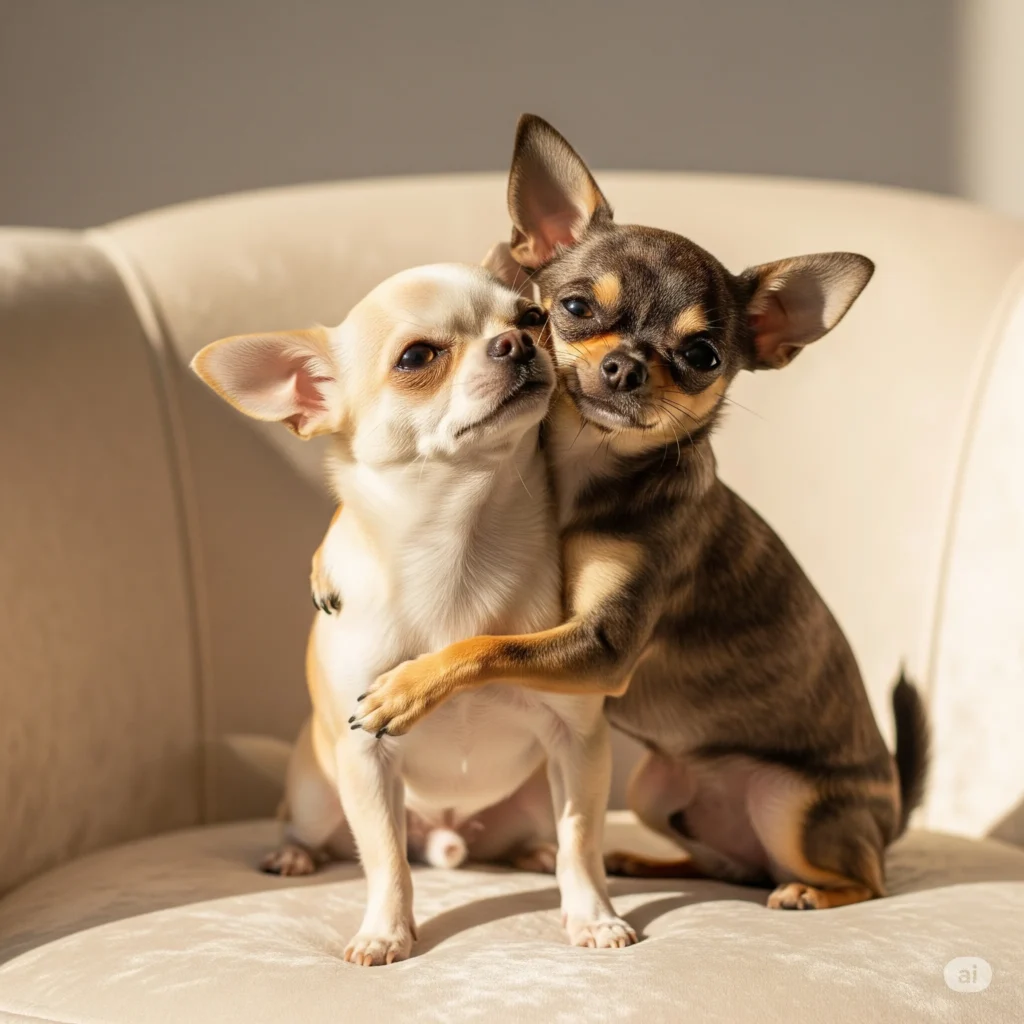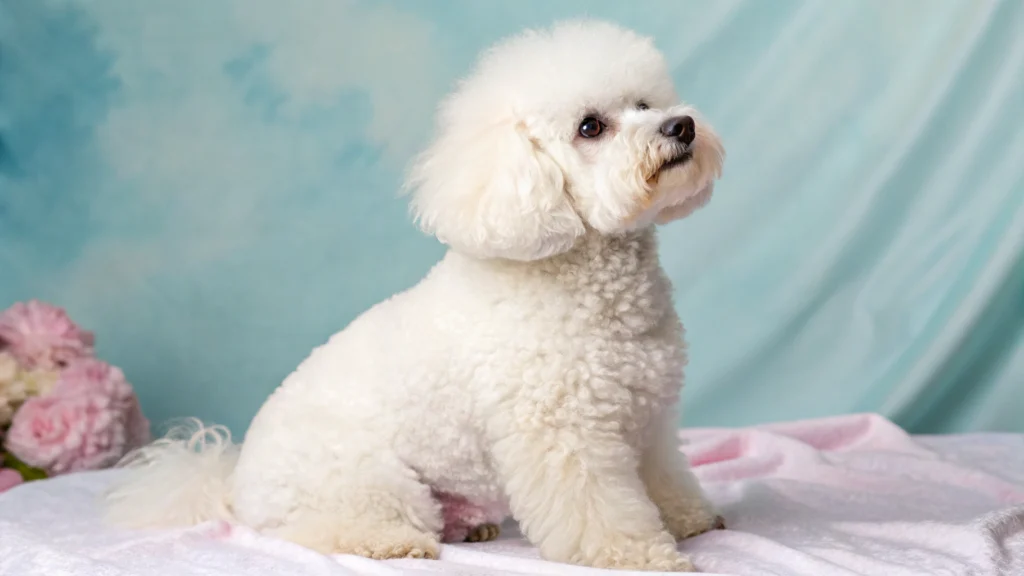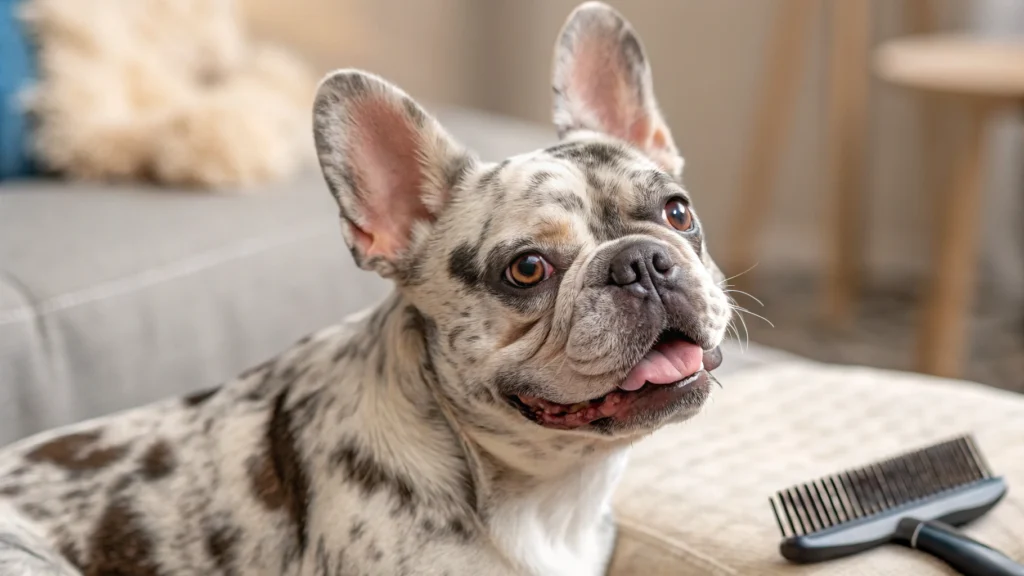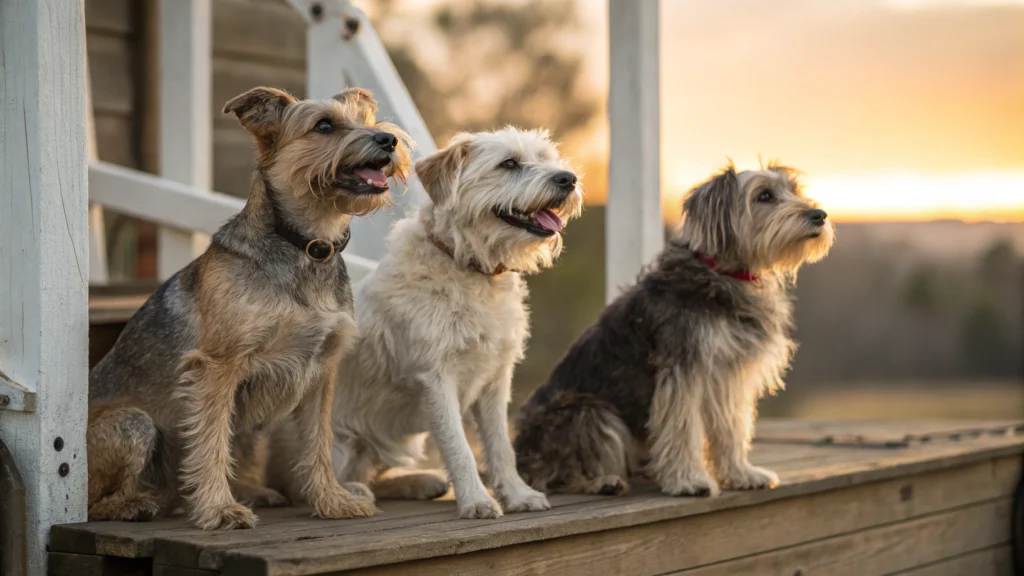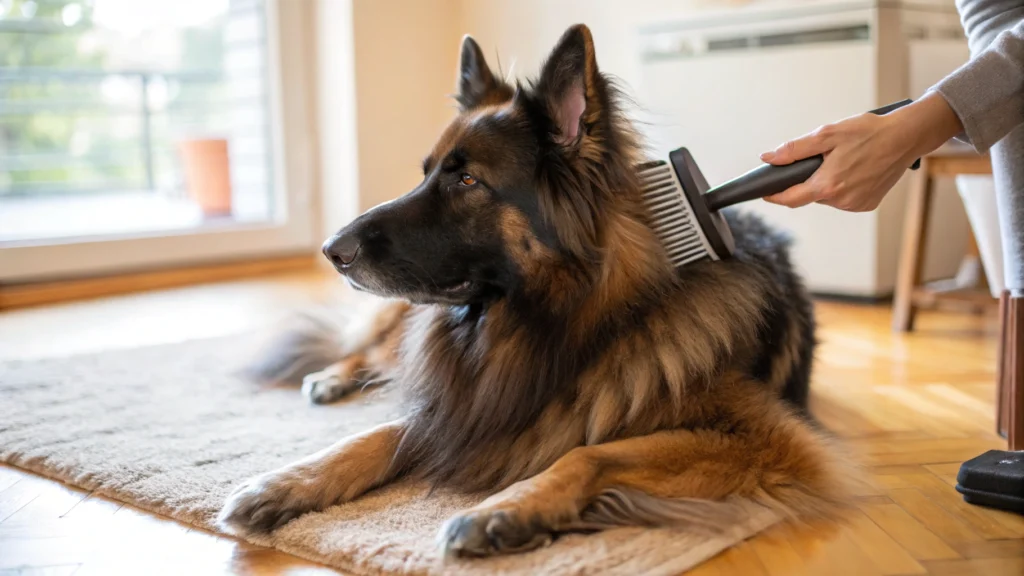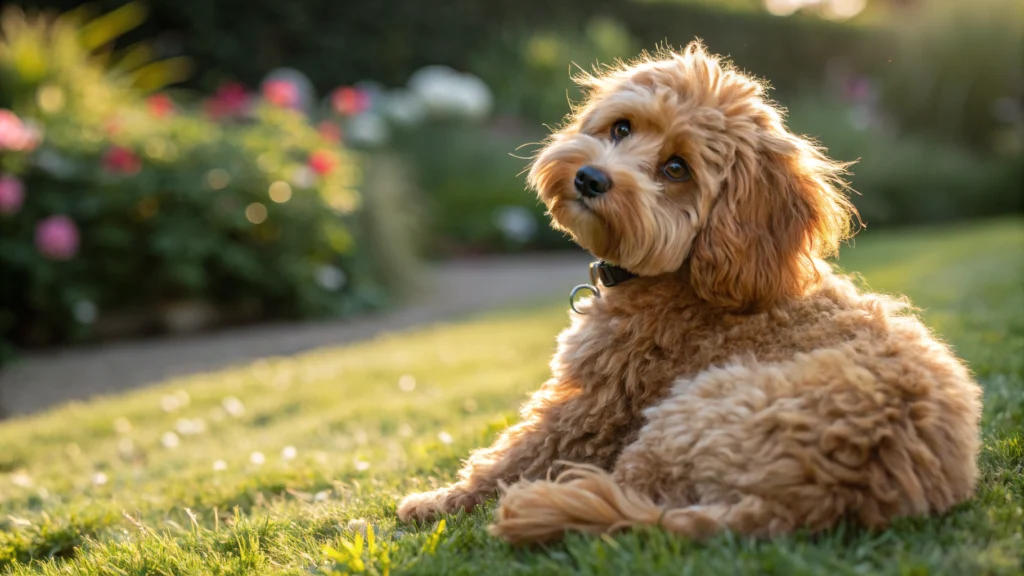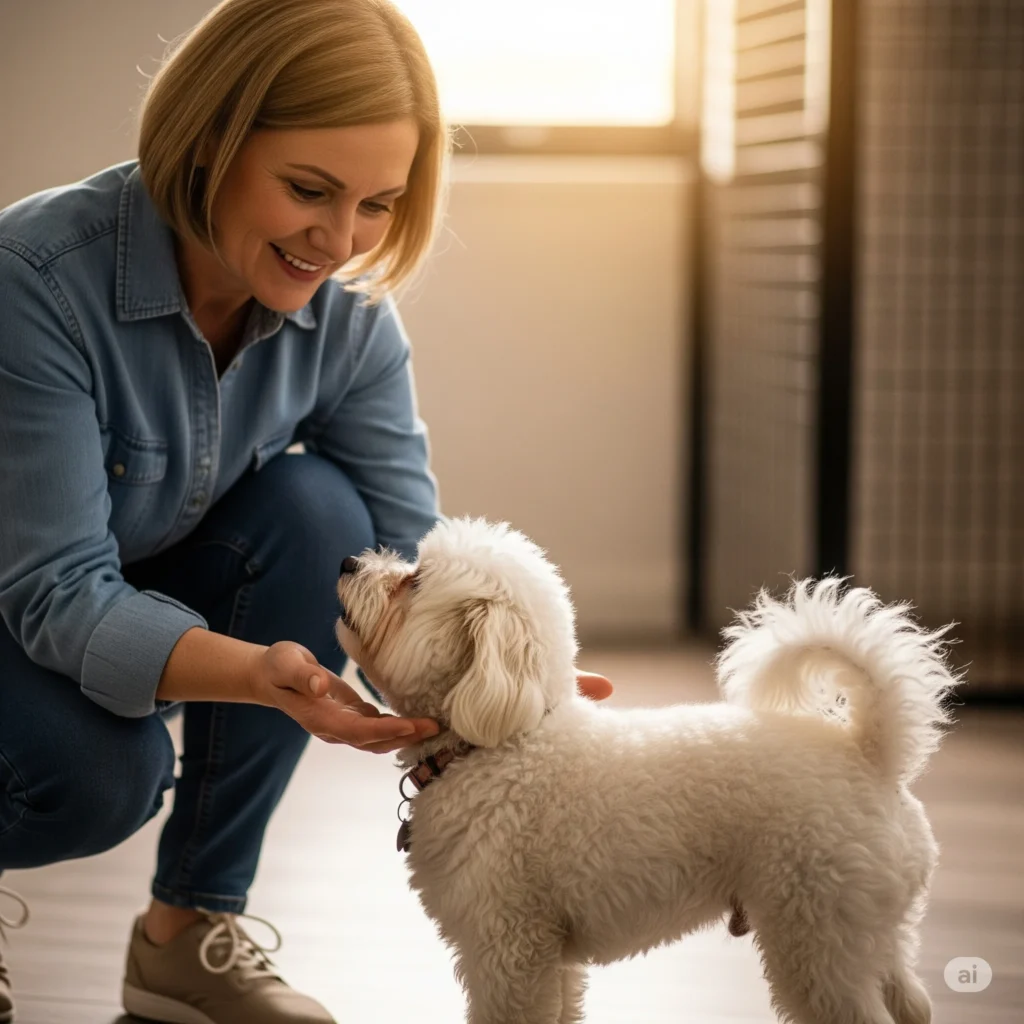
Introduction
Hey, you ever dream of snuggling up with a dog but your nose starts throwing a fit just thinking about it? Allergies can be such a buzzkill. But guess what? Hypoallergenic dogs are here to save the day! These pups are less likely to make you sneeze or itch, so you can finally have that furry bestie. Let’s dive into the world of hypoallergenic dogs and figure out how you can bring one into your life without reaching for the tissue box.
What Does Hypoallergenic Mean for Dogs?
So, what’s the deal with “hypoallergenic” anyway? It’s just a fancy way of saying these dogs are less likely to send your allergies into overdrive. The culprits behind your sniffles are usually dander (those tiny skin flakes), saliva, or even dog pee. Hypoallergenic dogs don’t produce as much of this stuff or shed less, so you’re not breathing it in all the time. No dog’s a magic fix, but these breeds are like the superheroes of allergy-friendly pets.
Are Dogs 100% Hypoallergenic?
Okay, real talk: no dog is completely hypoallergenic. I know, bummer! Some science folks did a study a while back and found that even hypoallergenic dogs have the same allergy-causing proteins as regular ones. It’s just that some breeds make less of a mess with it. Every dog’s different, and so are your allergies. One person’s fine with a Poodle, but another’s sneezing like crazy. Hypoallergenic dogs are awesome, but they’re not a guaranteed sneeze-free zone.
Characteristics of Hypoallergenic Dogs
Here’s the scoop on what makes hypoallergenic dogs special. They usually have coats that don’t shed much, which means less dander floating around your house. Think of it like a trap for those pesky allergens. Breeds with single coats (not those fluffy double-coated ones) are the MVPs here. Some have hair instead of fur—kinda like us humans—which sheds less but needs regular haircuts. Smaller dogs can also mean fewer allergens, since there’s less dog to produce them. Pretty cool, right?
What Is the Most Hypoallergenic Dog?
If there’s a rockstar of hypoallergenic dogs, it’s gotta be the Poodle. These curly cuties come in all sizes—big, small, and everything in between. Their tight, curly coats grab onto dander like nobody’s business, and they barely shed. Plus, Poodles are crazy smart and fun to have around. You’ll need to keep up with grooming (those curls don’t style themselves), but if you’re looking for the top hypoallergenic dog, Poodles are your go-to.
What Breed of Dog Is Best for Allergy Sufferers?
Picking the best hypoallergenic dog depends on your vibe. Poodles are awesome, but there’s also the Bichon Frise, looking like a fluffy cloud you wanna hug, or the Maltese, with their silky, flowy hair. Schnauzers are another solid pick with their cool, wiry coats. Think about your lifestyle—got a small apartment? Need a chill dog? Also, hang out with the dog first to see if your allergies agree. These breeds are like the gold standard for allergy sufferers looking for hypoallergenic dogs.
Hypoallergenic dogs large
Want a big dog that won’t make your eyes water? You’ve got options! Standard Poodles are like the gentle giants of hypoallergenic dogs—big, cuddly, and low-shedding. Afghan Hounds are total showstoppers with their long, flowy coats that don’t shed much. And don’t sleep on Giant Schnauzers—they’re tough but sweet and their wiry fur keeps allergens in check. These big guys need regular grooming, but they’re worth it if you want a hypoallergenic dog with some serious presence.
Hypoallergenic dogs small
If you’re more into small pups that fit in your lap or tiny apartment, hypoallergenic dogs have you covered. Yorkshire Terriers are like little divas with silky hair that barely sheds. Havanese are super cheerful fluffballs that don’t drop much fur. And Maltese? They’re basically walking cotton balls with hearts of gold. These tiny breeds need regular brushing to avoid tangles, but they’re perfect for keeping allergens low and cuteness high. Hypoallergenic dogs in small packages are the best!
Hypoallergenic Dogs Food
Believe it or not, what your dog eats can affect your allergies too. Hypoallergenic dog food skips stuff like wheat, soy, or dairy that can make your pup’s skin flaky, which means more dander. Foods with weird proteins like duck or venison are game-changers for keeping your dog’s skin healthy and your sneezes at bay. Switch their food slowly—nobody wants a grumpy pup with an upset tummy. Chat with your vet to find the best hypoallergenic dog food for your furry friend.
Hypoallergenic Dogs for Adoption
You don’t have to drop big bucks to get a hypoallergenic dog—adoption’s the way to go! Shelters and rescues sometimes have Poodles, Bichon Frises, or Yorkies looking for homes. Check out local shelters or hop online to find breed-specific rescues. Spend some time with the dog to make sure your allergies don’t freak out. Adopting a hypoallergenic dog means you’re saving a life and getting a buddy who won’t make you sneeze. Win-win!
Caring for Hypoallergenic Dogs
Keeping your hypoallergenic dog allergy-friendly takes a bit of work, but it’s no biggie. Give them a bath once a week with a gentle shampoo to wash away dander. Brush their coat (outside, if you can) to keep loose hair from taking over your couch. Maybe pop on a mask if you’re super sensitive. At home, vacuum a lot, grab an air purifier, and maybe keep your bedroom dog-free. With a little effort, your hypoallergenic dog will keep your allergies in check and your heart full.
Conclusion
Hypoallergenic dogs are like a dream come true for anyone who loves pups but hates allergies. Breeds like Poodles, Bichon Frises, and Schnauzers make it possible to have a furry friend without the sneeze-fest. With some grooming, the right food, and a clean house, you can keep allergens low. Plus, adopting one of these cuties is a great way to go. So, get out there, find your perfect hypoallergenic dog, and enjoy all the cuddles without the sniffles!
you may like it
